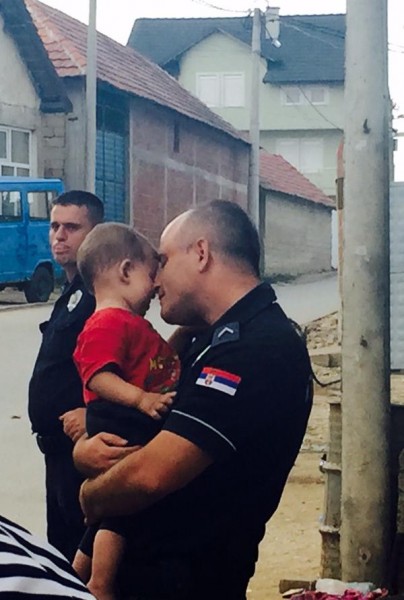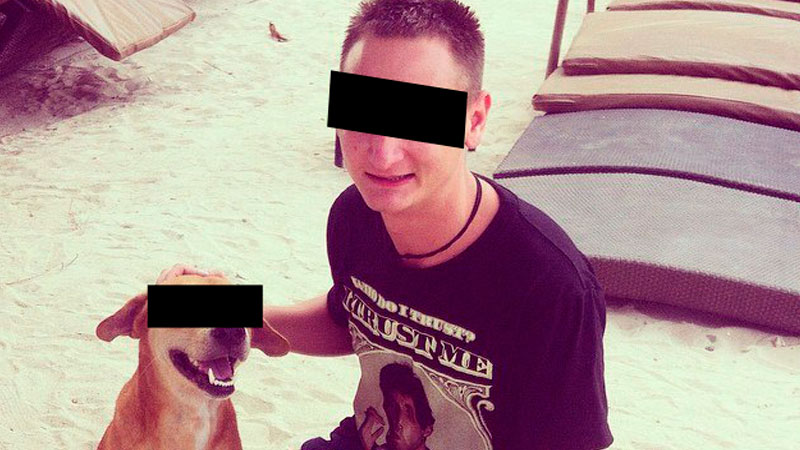
Memes widely shared in solidarity with the victims of the Paris attacks.
This year our borderless, largely volunteer community published more than 2,560 stories in English, translating them about 10,000 times into 40 different languages.
Our top seven stories in English were collectively viewed more than 300,000 times with an average reading time of five minutes. Not only did they receive the most attention from audiences, and they also received hundreds of shares, likes and comments on social media and our site.
1. The Streets of Paris Are as Familiar to Me as the Streets of Beirut by Joey Ayoub
Some bodies are global, but most bodies remain local, regional, “ethnic”. My thoughts are with all the victims of today’s and yesterday's horrific attacks, and my thoughts are with all those who will suffer serious discrimination as a result of the actions of a few mass murderers and the general failure of humanity’s imagination to see itself as a unified entity.
2. Egyptian Facebook User Sentenced to Three Years in Prison for Putting Mickey Mouse Ears on Sisi by Amira Al Hussaini

This photoshopped photograph of Egyptian President Abdelfattah El Sisi in Mickey Mouse ears has landed Facebook user Amr Nohan to three years in prison, according to reports
An Egyptian Facebook user has reportedly been sentenced to three years in prison by a military court for drawing Mickey Mouse ears on president Abdel Fattah El-Sisi and posting it on the popular networking site. Amr Nohan allegedly was charged with the all too common “attempt to overthrow the regime.” Online comments indicate that Nohan is a conscript, and that is why he was tried at a military court. Many Egyptians have reposted the Sisi/Mickey Mouse photograph, expressing their outrage over the sentence.
3. Social Network Analysis Reveals Full Scale of Kremlin's Twitter Bot Campaign by Lawrence Alexander
Profile pictures from a large network of pro-Kremlin Twitter accounts. Image by Lawrence Alexander.
With the aid of open-source tools, Internet researcher Lawrence Alexander gathered and visualised data on nearly 20,500 pro-Kremlin Twitter accounts, revealing the massive scale of information manipulation attempts on the RuNet
4. Serbian Police Officer and Smiling Syrian Boy Show Europe How Welcoming Refugees Is Done by Danica Radisic

The image was accompanied by a tweet quoting a Syrian refugee in Belgrade: “#Syrians are full of praise for #Serbian police. ‘They're fair. They're the first who didn't treat us like animals’.” Photo by Manveen Rana, used with permission.
The image was posted to Twitter by BBC Radio 4 senior broadcast journalist Manveen Rana, who seems to have traveled to Serbia with a group of refugees from Greece. Rana's Twitter feed is filled with tales of the journey, from claims of refugees having been beaten by police in Greece to all-night bus rides and images of the makeshift camp in downtown Belgrade.
5. The ‘Beauty’ of Russian Homophobia by Kevin Rothrock

This man threatened to attack random homosexuals. Image via Lena Klimova.
On April 20, Klimova unveiled a photo album, titled “Beautiful People and What They Say to Me,” where she posted publicly available pictures of individuals in their everyday lives, overlaid with the threatening messages they’ve sent her on VKontakte, Russia’s largest social network.
6. The Leading Cause of Death in Developing Countries Might Surprise You by Richard Fuller, Ensia

A landfill fire in Fada-Ngourma, Gourma Province, Burkina Faso. Photo by Flickr user lepetitNicolas. CC-BY-NC-SA 2.0
It’s important to note that pollution rarely kills people directly or quickly. Instead, it causes heart disease, chest infections, cancers, respiratory diseases or diarrhea. Pollution acts as a catalyst, increasing the rates of these diseases above normal. For this reason, the WHO considers pollution a risk factor — a threat to human health similar to obesity, smoking, malnutrition or poor exercise. But pollution is the king of all risk factors. Worldwide, its fatality numbers dwarf those caused by any other risk factor in any other context.
7. The 147 People Killed in the Garissa Attack Are More Than a Statistic by Ndesanjo Macha

A screenshot from independent newspaper Daily Nation (@DailyNation) featuring photos of Garissa shooting victims, shared on Twitter.
I want to see three million Nairobians flood the streets to cry, and sing, and hug because our children have been killed. I want to stop feeling that we live inside mostly the private. I want never to hear the word self-empowerment again.







1 comment